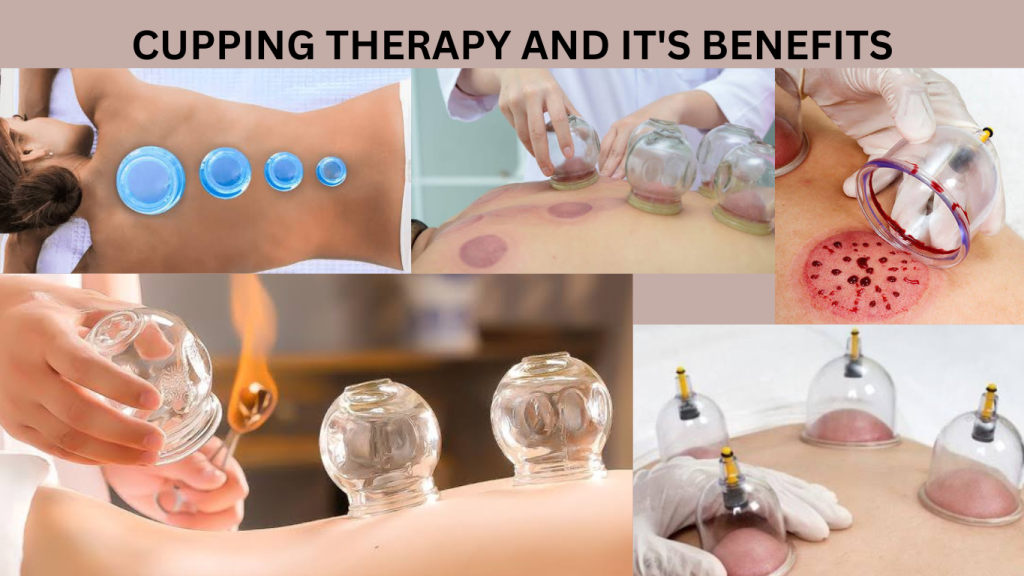Introduction
Hijama therapy, also known as cupping therapy, is an ancient healing practice with a rich history spanning centuries. This holistic technique involves creating suction on specific points of the body to promote healing and restore balance. In this comprehensive blog, we will delve into the numerous benefits of hijama therapy and explore the various techniques used in this powerful healing modality. Prepare to embark on a journey of discovery as we unravel the healing power of hijama therapy.
History and Origins of Hijama Therapy
Hijama therapy traces its roots back to ancient civilizations such as Egypt, China, and Greece. This time-honored practice has been revered for thousands of years as a natural remedy for various ailments. The term “hijama” is derived from the Arabic word “hajm,” meaning “sucking,” which aptly describes the central technique of this therapy. Notably, hijama therapy gained prominence during the time of the Prophet Muhammad (peace be upon him) and has since been an integral part of Islamic medicine.
Understanding the Mechanism of Hijama Therapy
Hijama therapy operates on the principle of removing stagnated blood, toxins, and blockages from the body, thus allowing fresh blood and energy to circulate freely. Skilled therapists use specialized cups to create a vacuum effect on specific points of the body, stimulating blood flow and encouraging lymphatic drainage. This process not only aids in detoxification but also boosts the body’s natural healing mechanisms.
Health Benefits of Hijama Therapy
Hijama therapy offers a wide range of health benefits, encompassing both physical and emotional well-being. Firstly, it enhances blood circulation, which is crucial for the delivery of essential nutrients and oxygen to cells, thereby improving overall cellular function. Through its ability to reduce inflammation and promote tissue repair, hijama therapy has shown promising results in relieving musculoskeletal pain, such as back pain and joint inflammation.
Moreover, hijama therapy has been recognized for its immune-boosting effects, empowering the body to better defend against infections and diseases. It is believed to strengthen the body’s energy flow (qi) and balance the humors, leading to effective management of stress, anxiety, and depression. Additionally, hijama therapy has been used to assist in the treatment of respiratory conditions, migraines, digestive disorders, and skin ailments.
Techniques Used in Hijama Therapy
Hijama therapy encompasses various techniques, each tailored to address specific health concerns. The most common techniques include:
- Dry Cupping: Involves creating suction on the skin using cups without making any incisions. This technique is effective for general relaxation and blood flow improvement.
- Wet Cupping: Requires making small incisions on the skin before applying the cups, allowing the extraction of a small amount of stagnant blood along with toxins and impurities.
- Massage Cupping: Combines cupping with massage techniques to enhance relaxation, stimulate blood flow, and release muscle tension.

Conclusion
Hijama therapy stands as a testament to the wisdom of ancient healing practices, and its continued relevance today is a testament to its efficacy. By exploring its rich history, mechanisms, benefits, and techniques, we gain a deeper understanding of the immense healing power of hijama therapy. Whether seeking relief from physical ailments, emotional well-being, or maintaining overall health, hijama therapy offers a promising avenue for those seeking a natural and holistic approach to healing. Embrace the transformative potential of hijama therapy and embark on a journey to optimal health and well-being.

